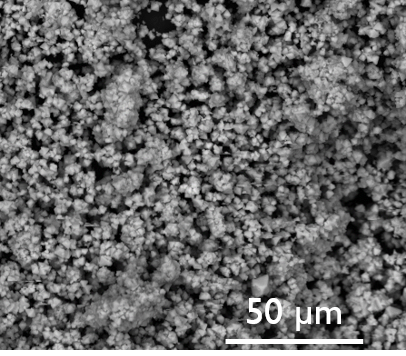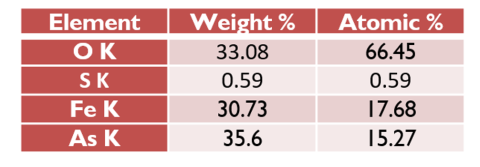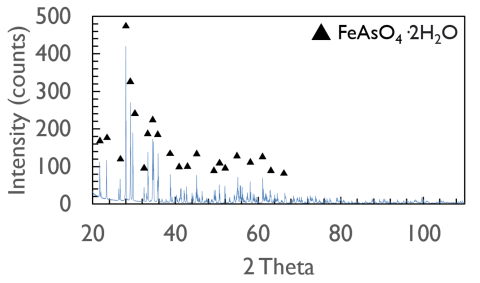

CMI researchers at Idaho National Laboratory conducted the research for this highlight
Innovation
An electrochemical-based process was demonstrated for the isolation of As (as crystalline scorodite FeAsO4·2H2O), from a surrogate leachate of the domestic mineral cobaltite (CoAsS) at ambient pressure and 70°C.
Achievement
- From a surrogate solution containing 20 g/L of As and 20 g/L Co, up to 95% of As was immobilized as scorodite, and 99% of the Co remained in the solution for downstream recovery and purification.
- Crystalline scorodite characterization was verified through XRD, SEM-EDS, and RAMAN Spectroscopy.
Significance, Impact, and Next Step
- Stabilization of As released upon recovering Co from the mineral cobaltite solves a long-standing environmental barrier to domestic cobalt mining.
- Potential to replace energy- and chemical-intensive industrial processes.
- Next step is to combine electrochemical dissolution of cobaltite with simultaneous scorodite formation.
Hub Target Addressed
Unlocking unconventional resources of critical materials.

